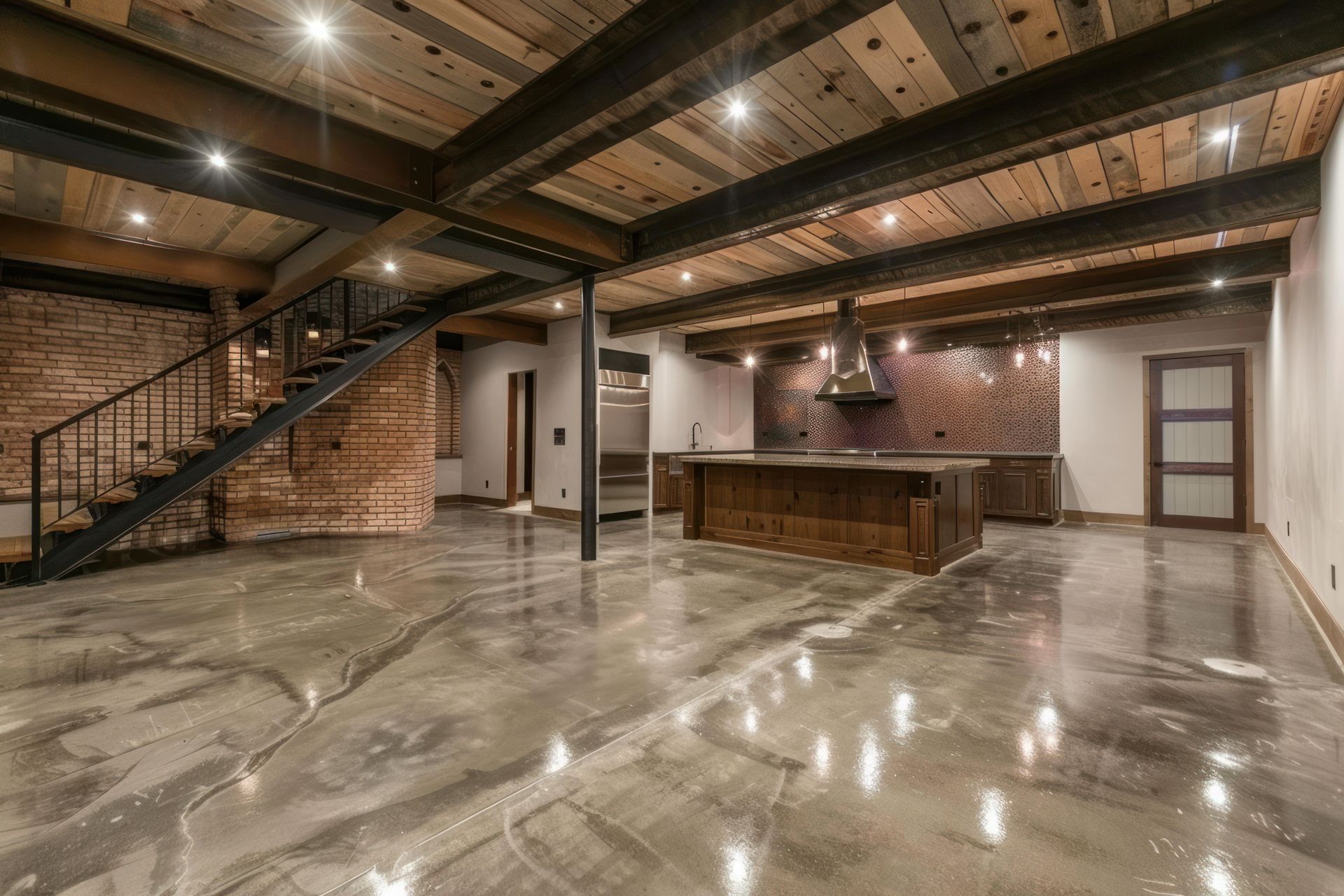The Role of Concrete in Resilient City Planning
The Role of Concrete in Resilient City Planning

As cities around the world face increasing challenges from climate change, population growth, and urbanization, there is a critical need for resilient urban planning. One of the most pivotal materials in this endeavor is concrete. Its durability, versatility, and ability to withstand harsh conditions make it an ideal choice for constructing infrastructure that can endure the test of time and unforeseen events.
Concrete contributes significantly to resilient urban planning in several ways. First, its strength and longevity allow it to support a wide range of applications, from roadways and bridges to flood barriers and retention walls. Unlike other materials, concrete can withstand extreme weather conditions, including heavy rains, winds, and rising temperatures. This quality is essential as cities must adapt to more frequent and severe weather events that come with climate change.
Moreover, the benefits of using concrete in disaster-resistant infrastructure are manifold. In areas prone to flooding, properly designed concrete systems can channel excess water away from populated areas, minimizing damage and ensuring safety. In seismic zones, reinforced concrete structures can provide stability and protect inhabitants during earthquakes. Implementing such solutions not only safeguards communities but also enhances public trust in urban management.
Sustainable concrete solutions are also vital for effective climate change adaptation. The development of eco-friendly concrete mixes incorporating recycled materials or low-carbon alternatives can signify a transformative approach in urban construction. These innovations reduce the environmental footprint of concrete, making it a more sustainable building option that aligns with modern urban planning goals. Additionally, integrating green spaces with concrete structures—such as permeable pavements and green roofs—can improve air quality and reduce urban heat effects.
Urban resilience strategies involving concrete materials often include comprehensive infrastructure planning that anticipates future challenges. Cities can implement smart designs such as modular construction and flexible layouts that allow for easier modification as community needs evolve. For instance, using concrete in community hubs, transit systems, and public spaces creates versatile environments that can accommodate various activities and shelters during emergencies.
The impact of concrete on sustainable city infrastructure cannot be understated. By prioritizing materials that withstand environmental stressors, cities can invest in a future where communities are less vulnerable to natural disasters and climate impacts. Furthermore, the use of concrete can support urban economic growth by creating jobs in the construction and maintenance sectors, contributing to a more resilient local economy.
In conclusion, concrete plays an indispensable role in resilient city planning. Its inherent properties lend themselves well to creating durable, adaptable, and environmentally friendly urban infrastructures. As cities continue to grow and face unprecedented challenges, leveraging the strengths of concrete will be key to building safe, vibrant, and sustainable communities for generations to come. The adoption of innovative concrete solutions not only contributes to the immediate needs of urban environments but also sets the foundation for a resilient future.





